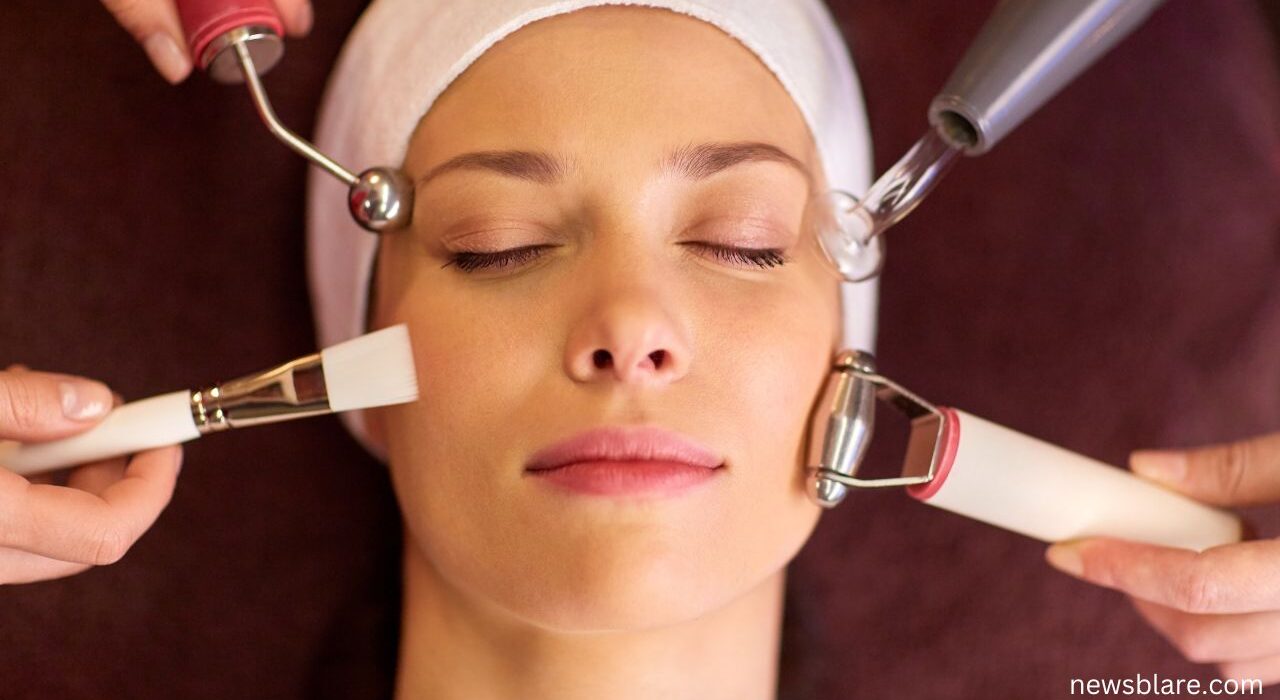In an age where cosmetic procedures have become increasingly commonplace, it’s essential to understand the potential risks involved. With a surge in popularity and a burgeoning market, individuals considering these procedures must weigh the benefits against possible complications. This article delves into the risks associated with common cosmetic treatments and highlights critical facts that underscore the importance of informed decision-making.
The Rise of Cosmetic Procedures and Associated Risks
Cosmetic procedures have transformed from niche treatments into mainstream practices. From Botox injections to liposuction, millions of people opt for these enhancements each year. However, the growing popularity of these procedures is accompanied by an increase in medical malpractice cases. According to Medical News Today, between 15,000 and 19,000 medical malpractice suits are filed annually in the United States. This statistic reflects not just a number but a significant concern about the risks involved in cosmetic treatments.
When considering a cosmetic procedure, it’s vital to understand that, while many are performed without incident, the risk of complications can be significant. Complications may range from minor issues such as bruising and swelling to more severe problems like infections or permanent scarring. Some risks are inherent to the procedures themselves, while others may arise from the skill and experience of the practitioner. As the volume of procedures increases, so does the likelihood of adverse outcomes, making it crucial to choose a qualified and reputable practitioner to mitigate these risks.
The Expanding Market and Quality Control
The cosmetic industry is booming. In 2017, the global market for cosmetic products was valued at USD 532.43 billion. By 2023, this market is expected to reach USD 805.61 billion. This exponential growth reflects a growing consumer interest in beauty and self-improvement, leading to a broader array of procedures and products available to the public.
However, the expansion of the market also brings about challenges related to quality control and safety. With more options available, it becomes increasingly important for consumers to research the quality and safety of the products and procedures they are considering. The proliferation of less regulated or unlicensed providers can lead to substandard results and increased risk of complications. It’s essential for individuals to be diligent in choosing procedures and practitioners that adhere to high safety standards and are backed by solid clinical evidence.
Understanding the Complexities of Medical Logistics
Another often-overlooked aspect of cosmetic procedures is the logistical support that underpins them. For instance, one variety of refrigerated hauler, known as a “Cryogenic Reefer,” is used to transport medical supplies and other goods that require extremely low temperatures, sometimes as low as -230 degrees Fahrenheit. While this detail may seem tangential, it highlights the broader network of care and precision that supports medical and cosmetic procedures.
Cryogenic reefers play a crucial role in maintaining the integrity of sensitive medical supplies, which can include materials used in cosmetic procedures. Ensuring that these supplies are transported and stored under optimal conditions is essential for preventing contamination and ensuring the efficacy of the treatments. This underscores the importance of a well-regulated and meticulously managed supply chain in the cosmetic industry.
Conclusion
The allure of cosmetic procedures is undeniable, offering a range of enhancements that promise to improve one’s appearance and boost self-confidence. However, it’s imperative to consider the risks associated with these treatments. With between 15,000 and 19,000 medical malpractice suits filed annually in the U.S., it’s clear that complications can and do occur. The booming business market, valued at over USD 800 billion, reflects a significant consumer demand but also necessitates heightened awareness of product and provider quality. Additionally, the role of precise medical logistics, such as the use of Cryogenic Reefers for sensitive supplies, highlights the intricate systems that support the safety and effectiveness of cosmetic procedures.
Ultimately, making an informed decision involves thorough research and a careful evaluation of both the benefits and risks. By being aware of the potential complications and ensuring that you choose a qualified and reputable provider, you can better safeguard your health and achieve the best possible outcomes from your cosmetic procedures.
